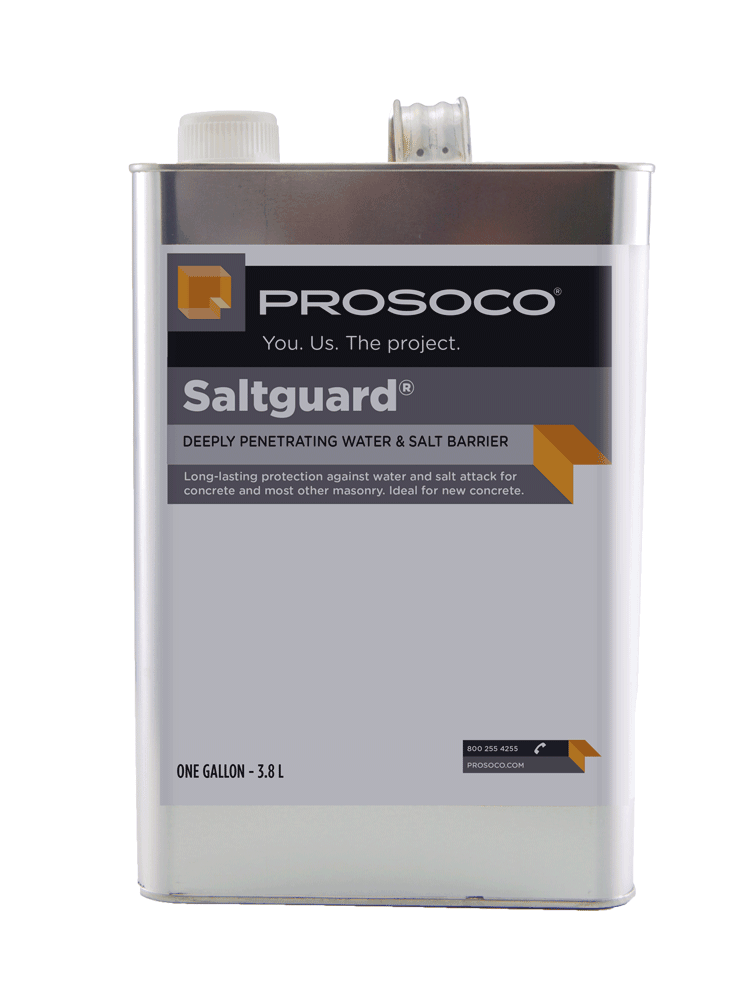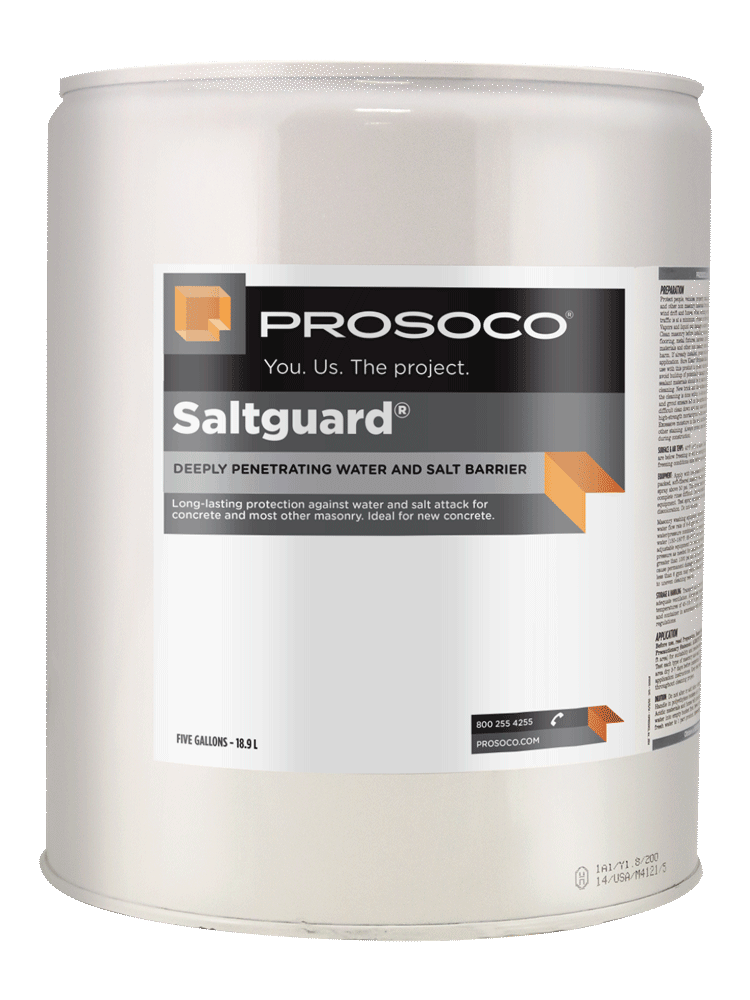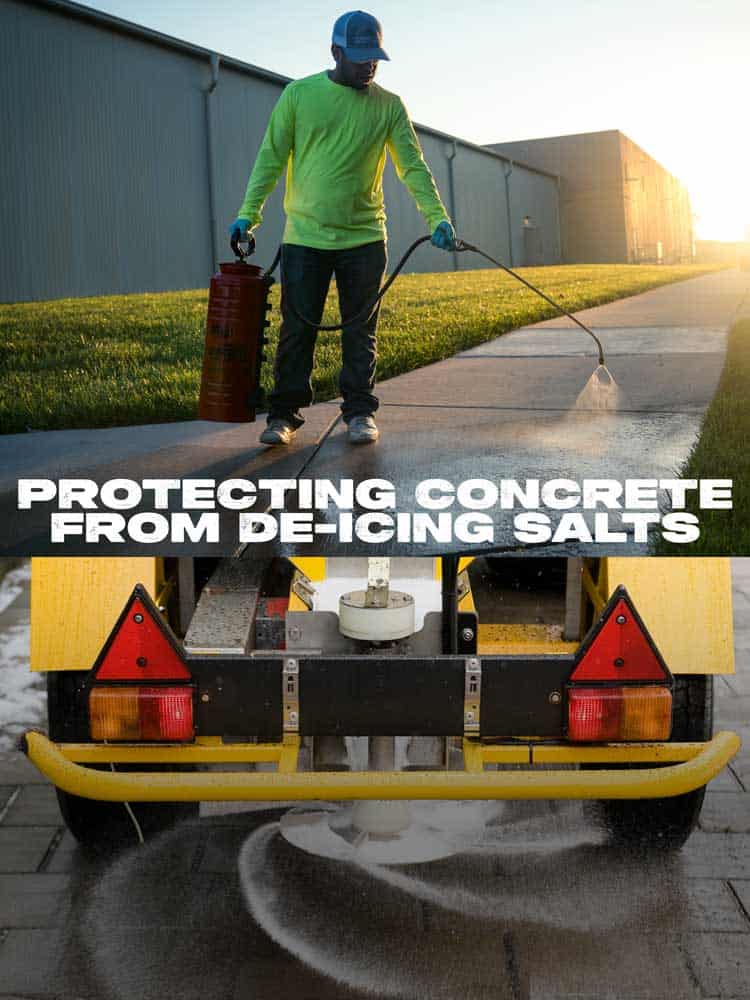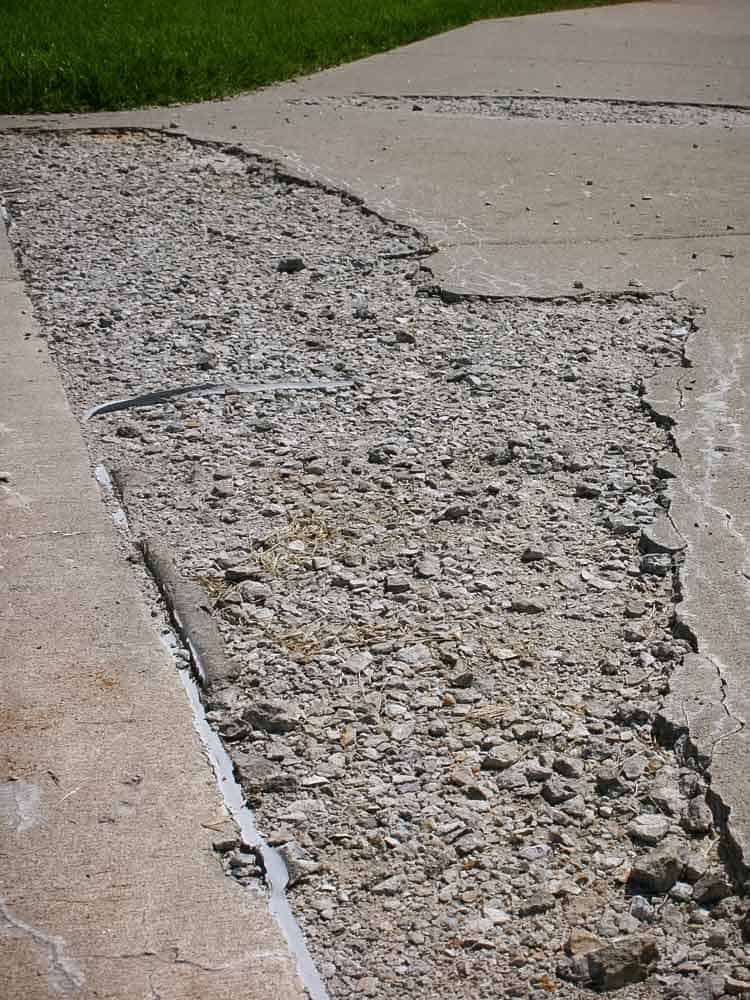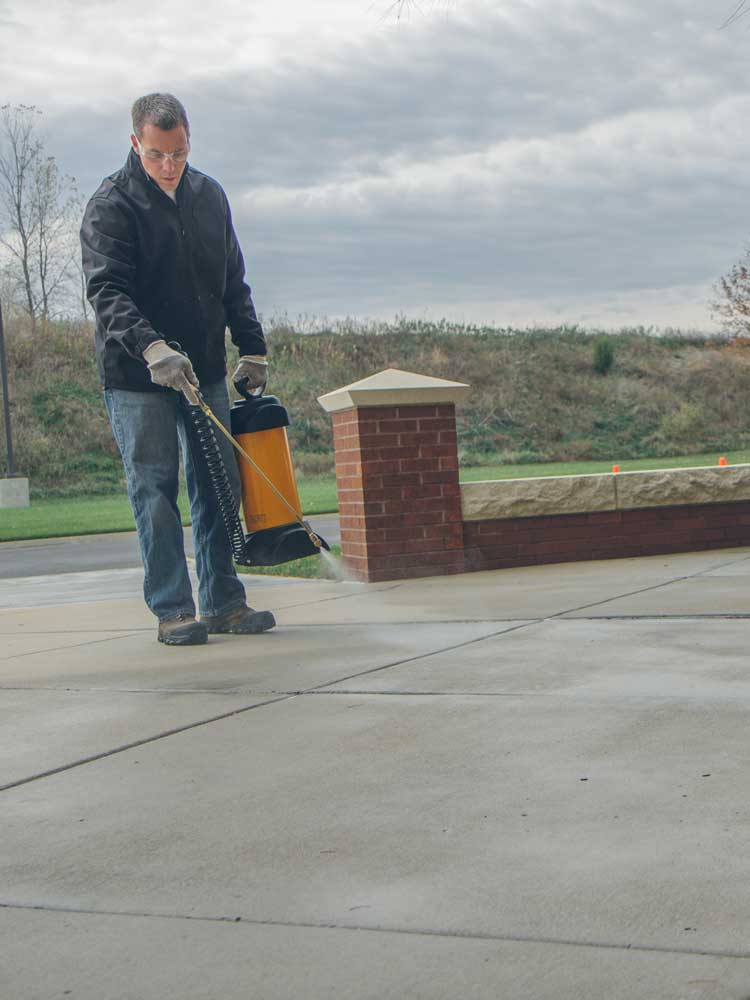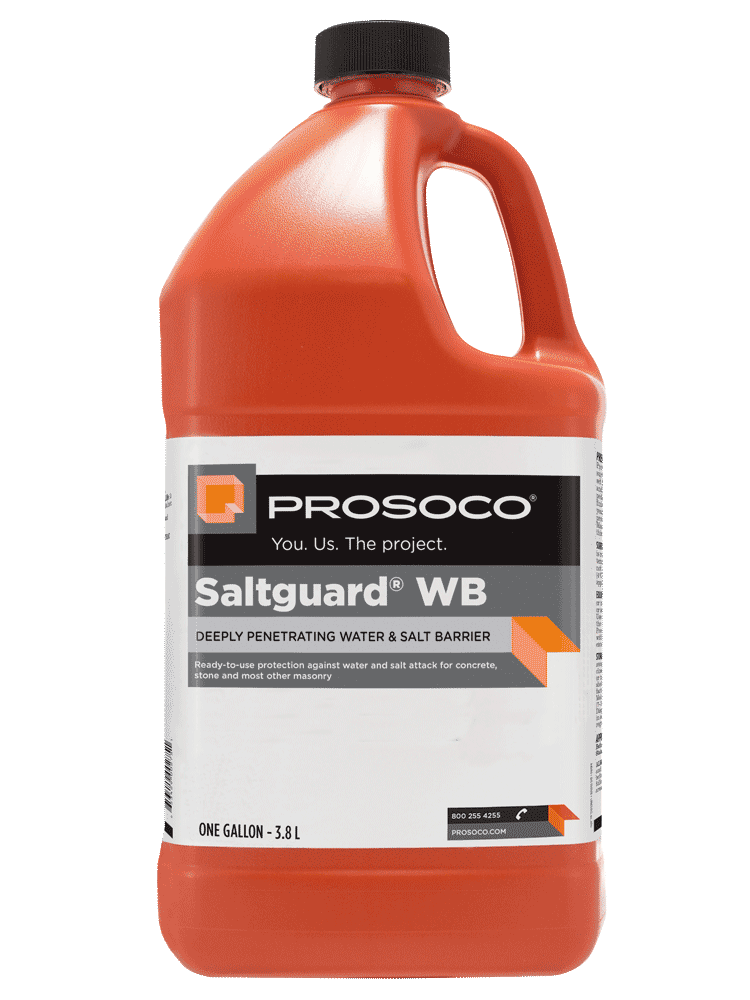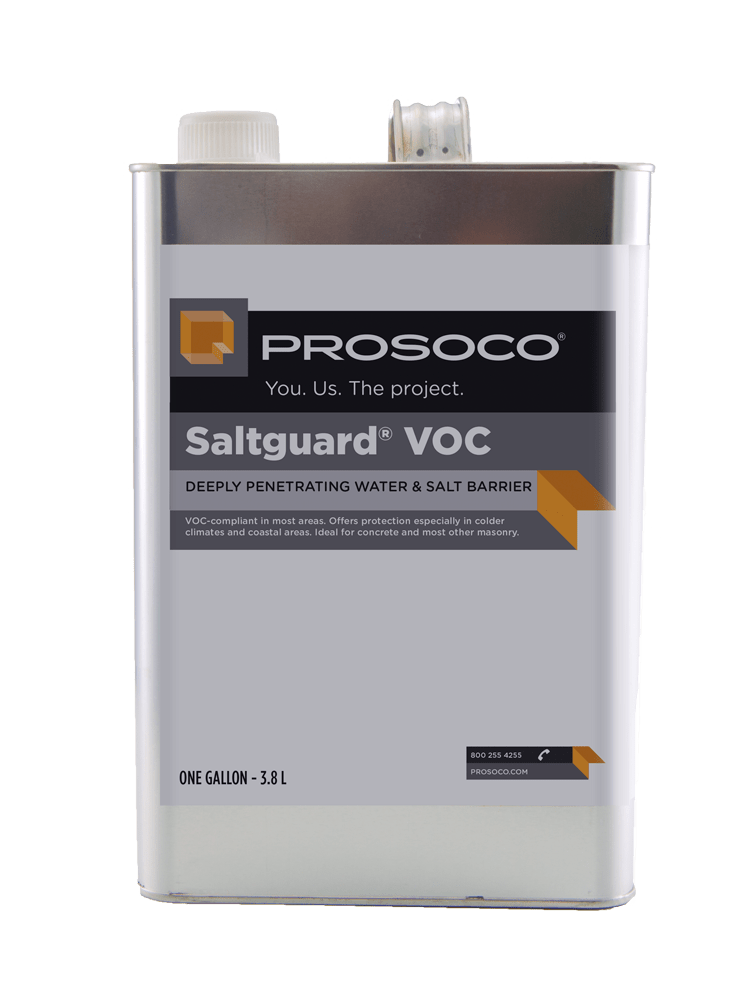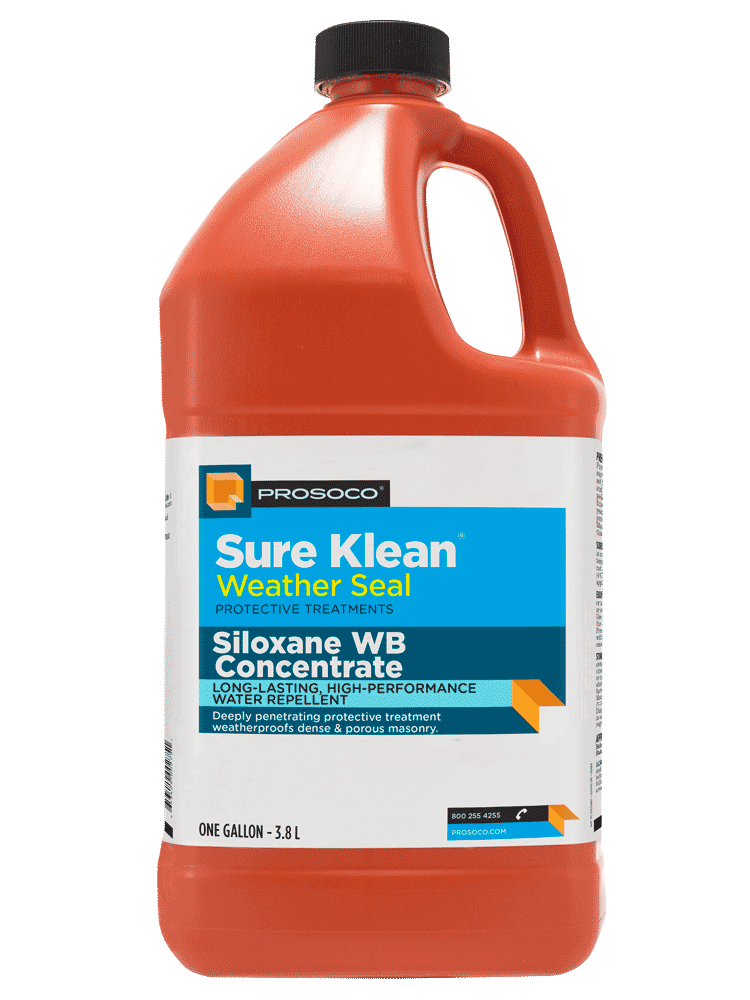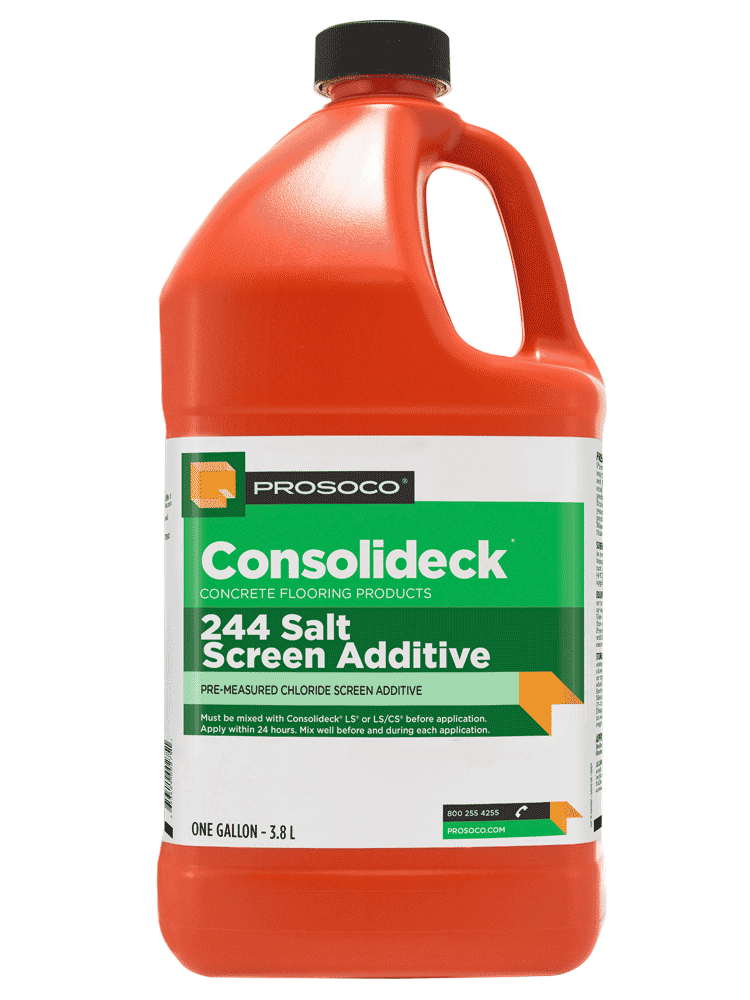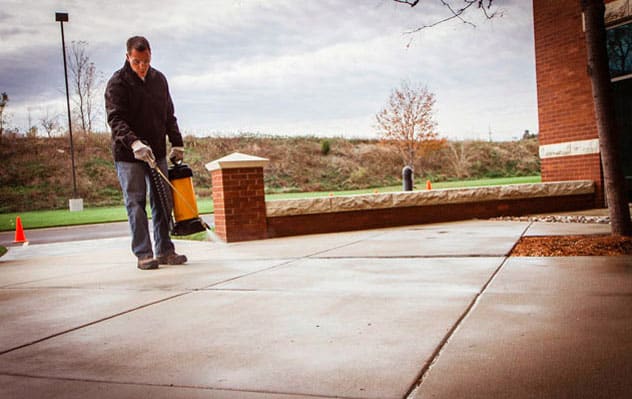
- Non film-forming – won’t create a slippery surface.
- Effective chloride ion screen protects against salts and salt air.
- Deep penetration.
- Treated surfaces “breathe” – does not trap moisture.
- Alkaline stable – suitable for new “green” concrete, 14–28 days old.
- Resists water penetration when applied over existing shrinkage cracks of 0.02 inches or less.
